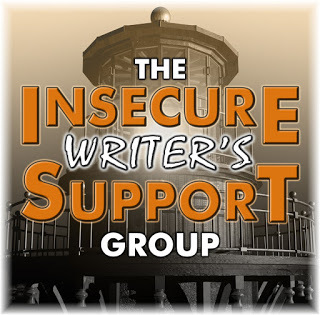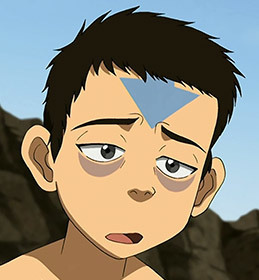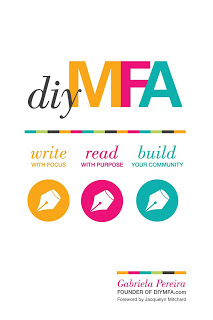IWSG: Jumping into Revision When You're Not Quite Ready

Welcome to the first Wednesday of the month. You know what that means! It's time to let our insecurities hang out. Yep, it's the Insecure Writer's Support Group blog hop. If you're a writer at any stage of career, I highly recommend this blog hop as a way to connect with other writers for support, sympathy, ideas, and networking.
If you're a reader, it's a great way to peek behind the curtain of a writing life.
Our Twitter handle is @TheIWSG and hashtag is #IWSG.
June 2 question - For how long do you shelve your first draft, before reading it and re-drafting? Is this dependent on your writing experience and the number of stories/books under your belt?
The awesome co-hosts for the June 2 posting of the IWSG are J Lenni Dorner, Sarah Foster, Natalie Aguirre, Lee Lowery, and Rachna Chhabria! Be sure to check out what they have to say, and visit other writers in the blog hop!________________________________________
 image sourceTaking time to step away from your work can be a valuable part of the writing process--giving you a little distance and space from the work you just completed and letting you come to it with fresh eyes and a little more objectivity.
image sourceTaking time to step away from your work can be a valuable part of the writing process--giving you a little distance and space from the work you just completed and letting you come to it with fresh eyes and a little more objectivity. Given my druthers, I would always step away for at least a month, maybe longer if the writing the piece took a lot out of me emotionally.
But, that's not always possible.
If you work with publishers, editors, or even with a critique group, your schedule might not always be completely your own. I know I've had some tight turnarounds in my writing life, where I finished the first draft on to find that the submission deadline was looming large, forcing me to jump back into editing and revision sooner than I prefer.
So, if I can't take a big break, I still try to get a little space, even just a day or two. I take a day to work on something else. Then, if I'm time-crunched and HAVE to jump right back in I have a few tricks to make it feel fresh to me.
1. Change format: if you've been working on screen up till now, consider printing out a paper copy to work with, or at least changing the font choice and size.
2. Go somewhere else: work on it somewhere different than you usually do. Go to a park, a coffeeshop, the library, a different room in your home or even just a different chair.

3. Outline what's there: I'm a pantser, so I don't generally work from an outline for my novels, but sometimes I find it helps to do a post-production outline, creating a list of scenes as if I'm going to have to write a report or pass a test over the book. I LOVE the scene cards technique from the DIY-MFA book by Gabriela Pereira which asks you to list for each scene:a title for the scenethe major playersthe actionthe purpose (structurally)This has saved my bacon more than once, helping me spot continuity errors (like the same character is in two places at the same time!) and identify scenes that aren't moving the story forward as much as they could be.
So, if I can't have the breathing space I'd like between drafts, that's what I do to try and freshen my perspective.
I also find the feedback of valued writing friends useful at this stage and will ask other writers to brainstorm with me, or just give me a reaction to a section I'm stuck on. A lot of times, it isn't that the other writer solves my problem for me, but that they say something that sparks my own realization. I feel like I get there faster in discussion with writer-friends than I would on my own.
How about you, writing and creative friends? How do you find fresh eyes when it's time to revise or revisit your work?
Published on June 01, 2021 03:00
No comments have been added yet.



